Search
So, how long do winter tires last? How many snowy seasons can you expect to get with winter rubber before buying a new set? We explain.
Photo: iStockIf you live in a wintry locale of America or Canada, you should sport winter tires on your vehicle to improve its on-road traction and safety credentials. While it is mandatory by law to install these tires in a majority of cold-weather countries worldwide, they are not generally mandated here in most parts of North America. Some even argue why making winter tires mandatory isn’t the best solution.
It is why most people do not equip their vehicles with winter/snow tires during the snowy season — despite the clear and influencing science of their safety benefits; and which are now more affordable, convenient, and practical than before.
According to a 2018 study by the United States Department of Transportation Federal Highway Administration, Americans cover around 13,476 miles per year. On the other hand, Canadians travel an average of 20,000 to 25,000 kilometers per year, which is almost the same as Americans.
While it relies heavily on the harshness of particular winter weather and region, most car owners install winter tires in mid-November and change them with summer or all-season tires around mid-March when many take their ride out of winter storage.
We can safely say drivers use these tires for four to five months every year. If we consider the average mileage of motorists in the U.S., they will travel around 4,500 miles in four months.
We spoke with Sailun Tire — a tire brand quickly gaining recognition as a high-quality, budget-friendly option for tire shoppers — who tell us winter tire longevity/mileage ratings are normally measured by how many seasons they last; that this isn’t an exact number but, generally speaking, also agree the answer at 4-5 seasons, including their Ice Blazer WST1 product — a studdable winter tire designed for maximum traction in severe weather conditions.
But Sailun adds, “However, that depends on each driver, driving habits, and whether they are diligent with 7 degrees Celsius on/off. It is also fair to mention a winter tire replacement is when a the tire reaches 4/32 remaining tread.”
Therefore, a winter tire with a warranty of up to 6 years and 40,000 miles tread life projection could theoretically survive for about nine winter seasons.
Naturally, some people will drive more than an average driver (or much less). Whatever is the case, you should expect a winter tire to survive for at least 4 to 6 years. If you consider the expense of buying four is around $500, it takes your total cost per season to less than $75.
If they last for good eight years, the cost would be even less, of course. We believe most owners would concede that $75 is an excellent investment for additional security while motoring in winter.
Manufacturers mostly create winter tires with a much softer rubber compound than all-seasons.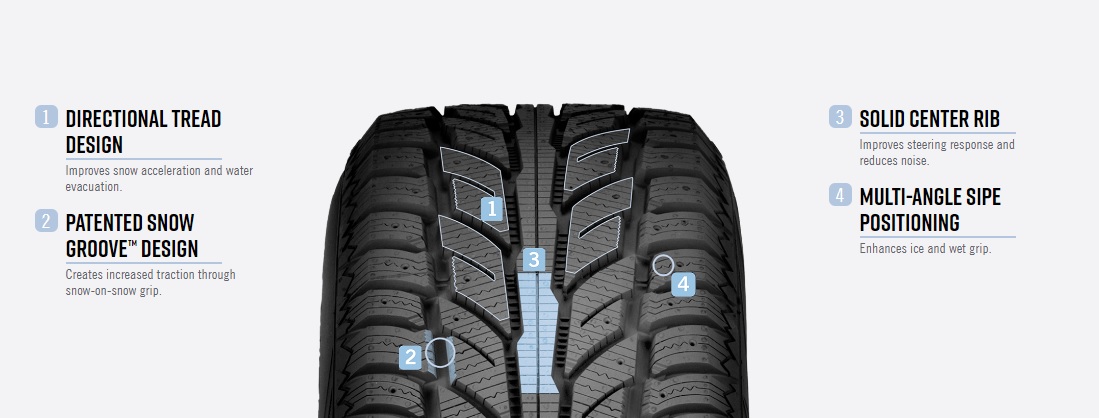 Therefore, they usually have lower wear ratings than their all-season counterparts. Some tire makers mention the expected distance use to prevent consumer dispute.
Therefore, they usually have lower wear ratings than their all-season counterparts. Some tire makers mention the expected distance use to prevent consumer dispute.
The actual mileage will depend on several factors such as vehicle type and weight, driving behaviour, and road conditions. Furthermore, it will rely on your punctuality to change the winter tires in the spring and the way you store them.
Ensure you do not drive with winter tires in warm/hot weather, and always replace them with summer tires before the spring starts. Keep in mind the 7 degrees Celsius rule; when the temperature rises above this, know it is time to change your winters.
Winter in some parts of Canada and America can be really tough for drivers. However, fixing winter tires is one great way to keep your commutes safe. With tire technology advancing and winter tires becoming more affordable, the reasons to swap out for snow-rated tires are more realistic.
If you’re in the market for new snow-rated tires, here are top picks for the best winter tires.
When you frequently drive on Canadian roads, it’s essential to have a set of quality winter tires. But just how long do winter tires last?
If you’re curious to know how to tell when it’s time to replace your current set or what you can do to get the most mileage out of your new set, you’ve come to the right place. We’ve done the research and learned some tricks of the trade to keep you cruising safely down the road.
How Long Do Winter Tires Last — Key FactorsWe all know that even the top-notch winter tires have an expiration date. However, you may not be aware of what can affect a tire’s lifespan. There are numerous factors, so we’ll examine the most crucial ones in the section below.
There are numerous factors, so we’ll examine the most crucial ones in the section below.
Wheel alignment and regular tire rotation are a couple of factors that can affect the life of winter tires but are often overlooked. According to tire specialists and auto manufacturers, you should have your wheels aligned once a year to achieve road stability and normal tire wear.
Furthermore, in order to get the most out of your winter tire’s life expectancy, it’s recommended that you rotate your winter tires regularly —approximately every 10,000 to 12,000 kilometres.
Surface TypesThe longevity also depends on the types of wintry roads upon which you typically drive. For instance, the tread will wear out much faster in icy road conditions than in snow.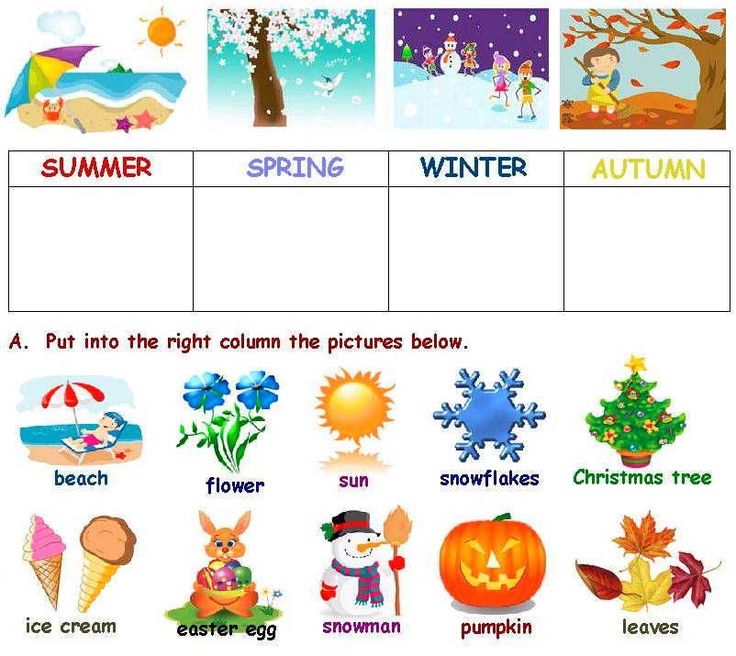
Moreover, due to the softer rubber of winter tires, it’s crucial to change them when the temperature warms up to a steady seven degrees celsius to avoid extensive wear and tear.
Air PressureAnother factor that can negatively affect your winter tires’ duration is that the air molecules inside will shrink in cold weather. Consequently, your tire pressure will decrease as the temperature drops.
Therefore, it’s critical to check your tire pressure during the early winter months to maintain the proper levels and avoid irregular tread wear.
Tread DepthOne of the first things you should do when switching to your winter tires is inspect the tread. If the tread depth is less than four millimetres, it’s most probably time for a new set.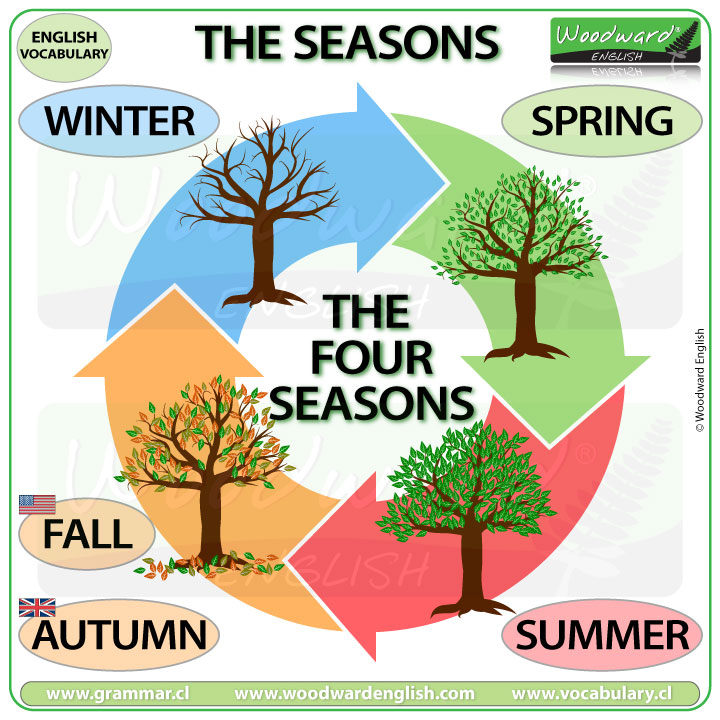
Nowadays, most brands have built-in wear indicators that make checking your winter tire tread life efficient and straightforward.
How Long Do Winter Tires Last in CanadaHow long your winter tires last is determined by their initial quality, how frequently you travel, and the typical road conditions upon which you do so. A couple of other things to factor into the equation are how timely you switch them and how well you store them.
Depending on the brand, if you travel an average of 20,000 to 25,000 kilometres per year, like most Canadians, your tires should last at least four to five seasons. However, as stated above, this will also depend on how much you drive and the conditions of the roads.
Signs of Tire WearEven the priciest high-quality brands will eventually wear out.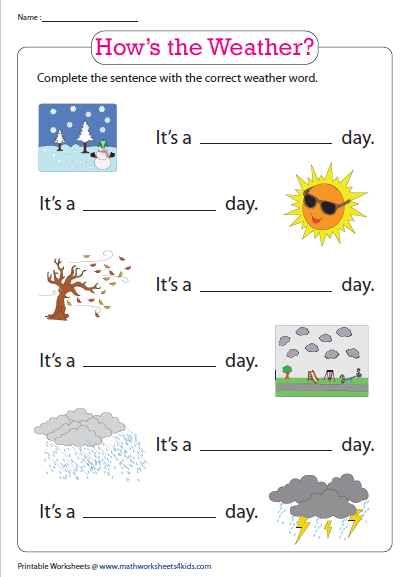 But how can you know when they’re close to their winter tire expiration date? Fortunately, some telltale signs can alert you to when you need to replace them.
But how can you know when they’re close to their winter tire expiration date? Fortunately, some telltale signs can alert you to when you need to replace them.
A steady air leak in your tire causing a reduction of one PSI in a week could suggest a small repairable puncture. But if there’s an abrupt or overnight decline in PSI, this usually spells trouble! And you should perform a further, more thorough inspection.
Tread DepthIt’s crucial to keep an eye out for excessive tread wear. As we previously mentioned, most new winter tires have built-in wear indicators that make the check-up convenient. However, you can also check your winter tire tread life’s condition using a toonie or a gauge.
Your Car Vibrates When DrivingSeveral factors can be at play if you’re noticing odd road vibrations. One of your wheels or tires could very well be the culprit. However, no matter the root of the problem, it will eventually affect your winter tires’ durability if left unrepaired.
One of your wheels or tires could very well be the culprit. However, no matter the root of the problem, it will eventually affect your winter tires’ durability if left unrepaired.
If you don’t know how old your tires are, look for the manufacture date on the sidewall. The final four digits of the group of identifying numbers are the tire’s manufacturing date. The first two numbers represent the tire’s production week, while the last two indicate the year.
It’s important to know the age of your tires as the average life of winter tires is around four to five years.
Sidewall DamageThe tire’s sidewall is more likely to be damaged than the rubber-meets-the-road tread because it’s composed of softer rubber.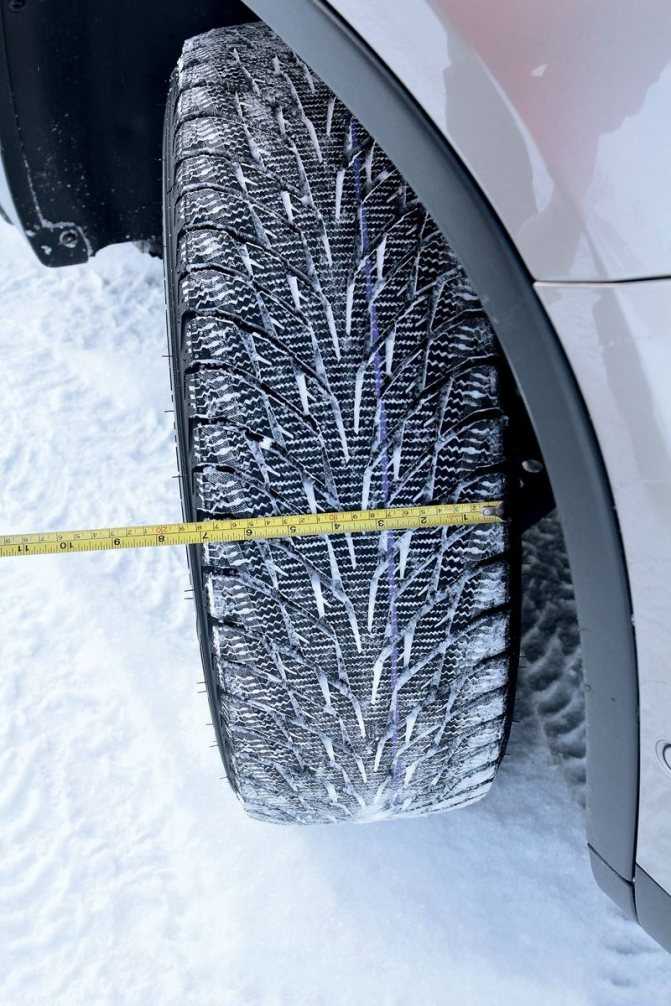 This type of tire damage, on the other hand, is usually easy to spot.
This type of tire damage, on the other hand, is usually easy to spot.
As you already know, tire durability can be affected by numerous factors, so keep an eye out for the following.
Blisters or BulgesIf you notice any bulging or blisters on your sidewalls, definitely consult a tire professional, as this likely means that they need to be replaced. Plus, this substantially increases the possibility of a sudden blowout, as well as damage to your suspension.
CracksMinor scratches are to be expected. However, cracks, cuts, or deep scrapes can lead to leaks or even a rupture, causing the winter tire to reach its expiration date prematurely.
CordsIf the internal sidewall cords (usually made from nylon mesh) become exposed, it’s time to replace the tire.
As we’ve already touched upon in the above sections of this guide, you’re well aware that quite a few factors come into play regarding the lifespan of winter tires. However, car owners can take some basic steps to help their tires last longer.
The life expectancy of winter tires depends on the brand’s quality, how often you drive, and the conditions of the roads you usually travel. However, if you correctly swap your winter tires with their summer counterparts, you can expect them to last at least four to five seasons.
However, if you correctly swap your winter tires with their summer counterparts, you can expect them to last at least four to five seasons.
We hope that the information provided in this guide has given you the proper insight to know how long winter tires should last, what to watch out for, and how to get the most mileage out of your current set.
Please drive safely!
FAQHow long do winter tires last in storage?Sadly, even unused tires won’t last forever. Whether they’re being driven on or stored away, they will still deteriorate over time. However, if stored vertically in a climate-controlled room, they can last from six to ten years.
What is the durability of winter tires year-round?Since winter tires have a specialized tread and are made of a softer rubber than all-season or summer tires, it’s not recommended that you drive on them all year.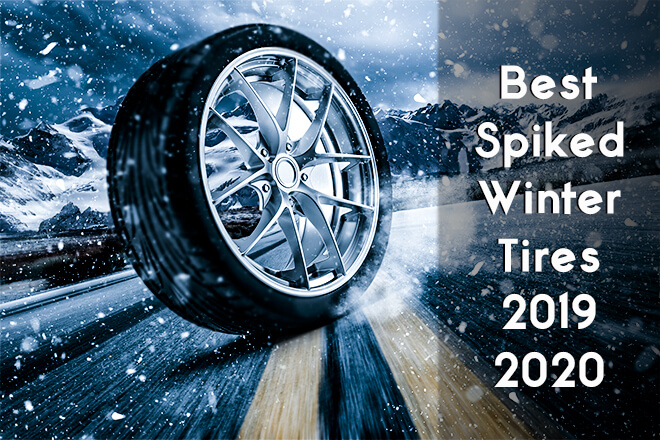 If you choose to do so, they will certainly wear out faster than they would otherwise.
If you choose to do so, they will certainly wear out faster than they would otherwise.
In the end, the cost of replacing your winter tires will exceed the advantages of keeping them on for a few more months.
How many winters are winter tires good for?A set of winter tires should last at least four or five seasons. Although if you’ve purchased a high-quality brand, such as Nokian, and care for them as we’ve suggested, they can last even longer.
What is the longevity of winter tires in summer?Winter tires contain soft tread compounds specifically designed for winter use. Therefore, they will generate excessive amounts of heat in hot summer conditions. This will increase the tire’s overall thermal load and cause them to wear out much faster.
Most tire manufacturers estimate that a set of winter tires will last at least four seasons. However, how many years your winter tires can last depends on the number of kilometres you drive each month, the road conditions you’re travelling on, and the level of care you provide.
Hopefully, you’re now ready to tackle the most challenging Canadian roads safely. But if you still have some questions, we recommend scrolling back through our “How Long Do Winter Tires Last?” guide.
Previous
Next
After teaching for 8 years, Damjana found a new challenge — writing. With her academic background in the English language, doing research and writing is always fun and enjoyable.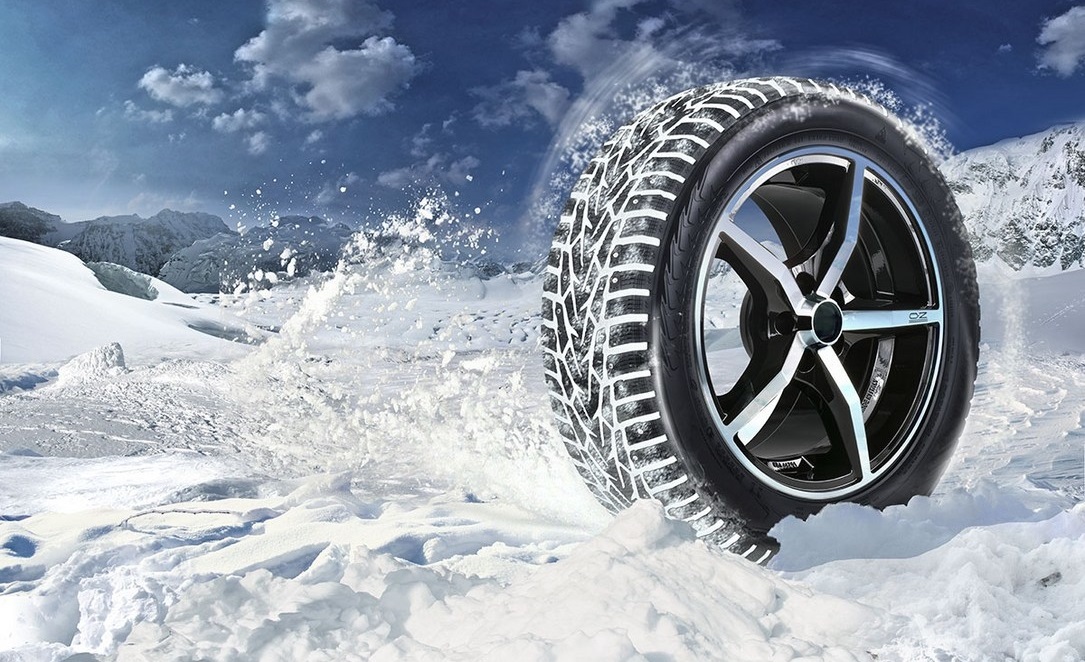 In her spare time, she loves binge-watching TV shows, especially crime documentaries, or spending time with her dogs.
In her spare time, she loves binge-watching TV shows, especially crime documentaries, or spending time with her dogs.
Vladimir Gavrilov
Estimated reading time: 4 minutes
131168
Category: Service Auto
The main component of winter tires that affects their performance is the rubber compound, not the tread pattern and not the number of studs, as you might think. The performance of rubber is affected not only by the natural wear of the tread during trips, but also by chemicals, fuels and lubricants, and simply by the sun's rays that violate the structure of the tire material.
Rubber has many additives, especially in the protective layer, designed to hold the load and resist wear during operation. The characteristics of the material depend on chemical inclusions.
The characteristics of the material depend on chemical inclusions.
Naturally, over time, the tire ages and loses its properties, regardless of the mileage. It is exposed to chemicals poured on the roads by the ton. In addition, washer fluid and oil from passing trucks are on the pavement. These substances are absorbed into the tires of the wheels and violate the composition of the mixture. Rubber loses its former consistency, and its performance is distorted. The elasticity of the composition decreases. Over time, cracks form between the lugs, which become pockets of increased wear. Chemicals penetrate into them and contribute to even greater damage to the already inner layers of the tire. Cord threads begin to tear and burst. Through cuts, the chemical suspension adheres to the metal threads of the frame, which also fail over time.
The role of solar radiation in the destruction of rubber is also great. In general, the old tire has a different strength and coefficient of adhesion to the surface, which is why its effectiveness on the road decreases.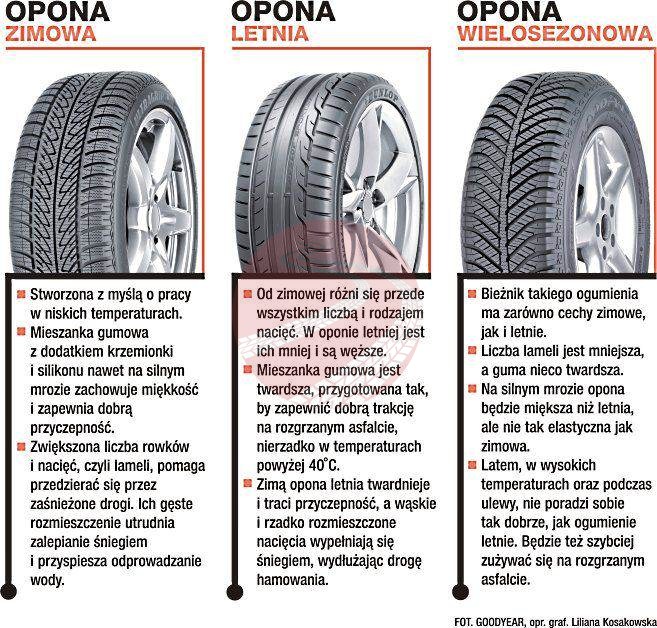
Typically, tire manufacturers define the service life of their products as 5-6 years. Michelin claims a 10-year term, Nokian too. An important point: the beginning of the service life is not the date of sale, but the date of manufacture. If the tire has lain for a whole year in storage, then it is still considered that its characteristics are no longer the same as those of a new one. And the more time has passed since manufacture, the worse the rubber becomes. If the tire was damaged, received cuts or punctures, then the service life is sharply reduced. After a puncture, it is not recommended to drive for more than two years.
In addition to the aging of the rubber compound, the tread itself also wears out. The average tread depth of a new summer tire is 8 mm. In winter, it is slightly larger and exceeds 10-12 mm. In addition, the so-called lamellae are applied there, that is, “suckers” that spread over the surface of the ice and create a sticking effect.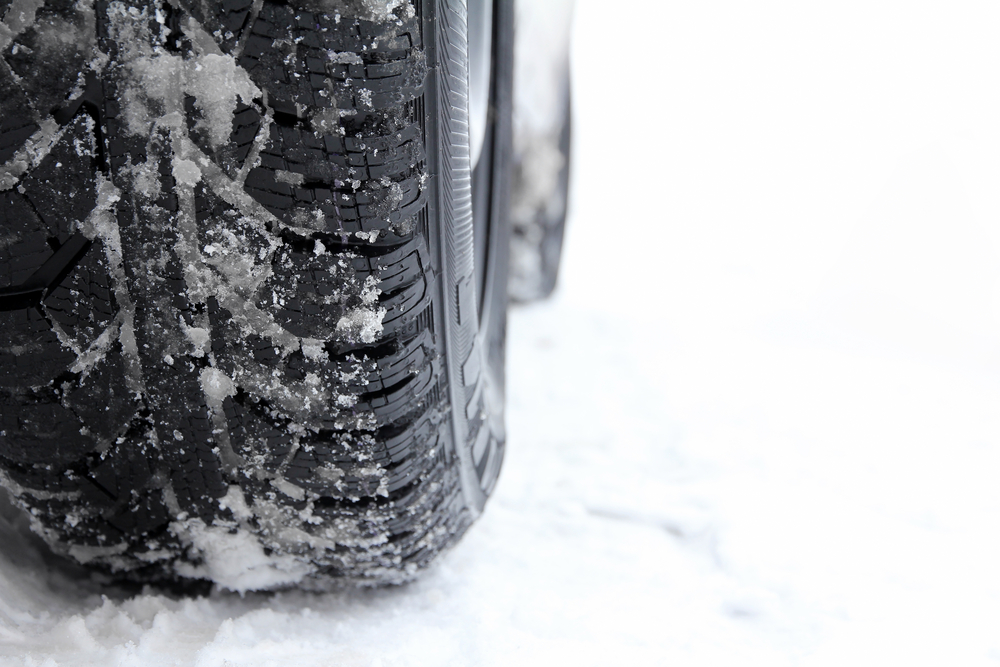 They are much softer than the rough lugs of a winter tread and, with active mechanical action, quickly lose part of the material. In addition, the tread grooves are designed to divert not only water, but also snow masses. That is why winter tires should have a higher tread.
They are much softer than the rough lugs of a winter tread and, with active mechanical action, quickly lose part of the material. In addition, the tread grooves are designed to divert not only water, but also snow masses. That is why winter tires should have a higher tread.
The requirements for the operation of winter tires are contained in the Technical Regulations of the Customs Union, as well as in the annex to the SDA entitled "On the admission of vehicles for operation and the duties of officials to ensure road safety." Section 5.1 provides more detailed tire requirements.
If the wheel does not have a wear indicator, the tread depth is measured with a caliper. The minimum tread depth of summer tires for different categories of vehicles must be:
for categories L - 0.8 mm;
for categories N2, N3, O3, O4 - 1 mm;
for categories M1, N1, O1, O2 - 1.6 mm;
for categories M2, M3 - 2 mm.
The remaining tread depth of winter tires designed for use on icy or snowy road surfaces, marked with the letters “M+S”, “M&S”, “M S”, must be at least 4 mm. This marking indicates the passenger type of wheels. In addition, they are marked with an icon depicting a mountain peak and a snowflake.
This marking indicates the passenger type of wheels. In addition, they are marked with an icon depicting a mountain peak and a snowflake.
If the tread of a summer or winter tire is worn out, it must be replaced without waiting for the expiration of the 6-year service life declared by the manufacturer.
In general, a winter tire with normal driving without extreme loads can work for about 6 seasons.
European winter tires from well-known manufacturers typically cover 50,000-60,000 km. Russian tires of domestic brands - 20,000-40,000 km, and Japanese - 50,000-80,000 km.
winter tirestyres
Next article
Media news2
11/01/2022
A lot depends on the condition of the rubber.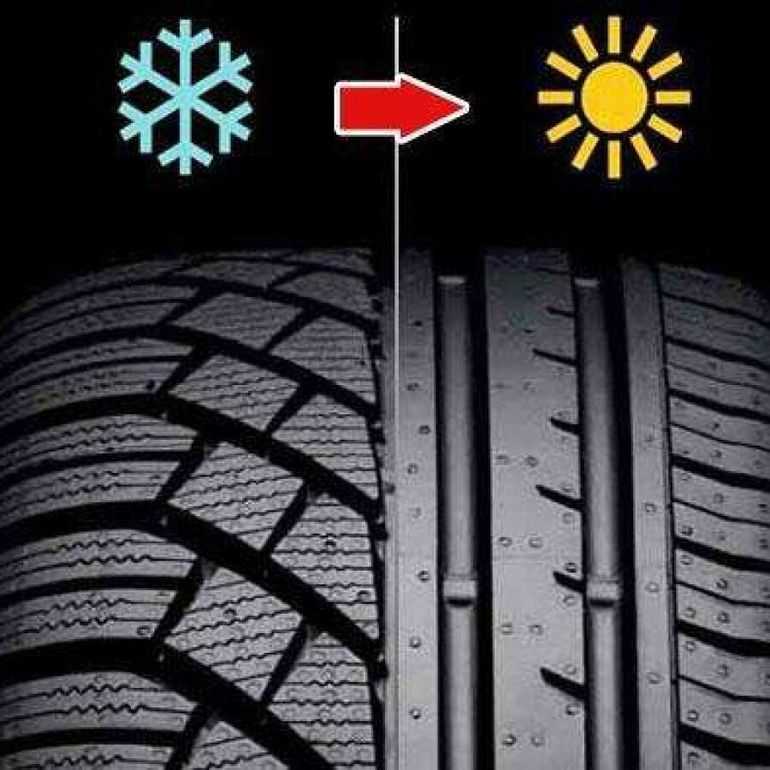 Just like any other automotive product, these tires also have their own lifespan. There are also a number of factors that should be taken into account operation, ranging from quite natural wear and tear, and ending with the loss of technical characteristics tires.
Just like any other automotive product, these tires also have their own lifespan. There are also a number of factors that should be taken into account operation, ranging from quite natural wear and tear, and ending with the loss of technical characteristics tires.
Studies have shown that winter studded tires have a shorter life than summer tires. And also this the indicator may differ from those products that do not have spikes. Consider how many seasons winter is designed for studded rubber.
Once again, it should be noted that the period of the winter version differs from the summer one. Although outwardly they are very similar, but in specifications are very different. For example, the summer version is tougher, while the winter one is softer and more elastic. This means winter tires wear out faster.
How long can studded winter tires be used? It depends on many indicators. For example, if products improperly stored and operated, wear will accelerate. That's why when buying tires you should pay attention to some of their features.
That's why when buying tires you should pay attention to some of their features.
The first thing you should pay attention to is new tires or used ones. In the latter case, you need to understand who is the tire manufacturer and when they were released. This will allow you to understand how much more such tires can withstand. If we are talking about models with spikes, then this factor should be given special attention.
To determine how long studded winter tires last, all models should be divided into more expensive and more expensive. cheap analogues. For example, if we are talking about branded products, then their service life is much longer. How many Can you drive with winter tires? If the model is chosen correctly, maximally adapted to the brand of the car, is installed taking into account tires, then the service life is 5 years or more.
Another thing is cheaper analogues, which include some cheap domestic or Chinese models. They under the same conditions, they can serve only a couple of seasons. The reason is that expensive models have patented components, thanks to which the rubber does not age and feels great even after five years. And here in cheaper models, there are usually no such components, which means they crack faster and lose elasticity.
The reason is that expensive models have patented components, thanks to which the rubber does not age and feels great even after five years. And here in cheaper models, there are usually no such components, which means they crack faster and lose elasticity.
Typically, the manufacturer sets a shelf life of seven years or about 60 thousand km. With active driving. But in practice this can only be achieved if the tires were bought very fresh and the car was hardly used in process.
To achieve these conditions, it is necessary that the tires be stored at a temperature in the region of zero, they must be constantly maintain the desired pressure, and you need to drive at low speed on ice or snow, but not on sand, which usually sprinkle roads in winter. In other words, such conditions are necessary for which the studded winter tire is designed tire.
Another thing is if the tires were used aggressively, that is, there was active braking and abrupt starts.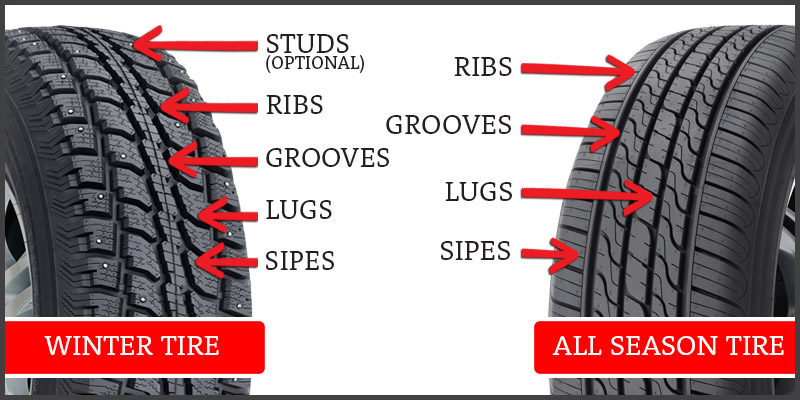 And the tires were used at temperatures from +8 degrees and drove on dry asphalt. In this case, the spikes quickly fly off, and tires wear out.
And the tires were used at temperatures from +8 degrees and drove on dry asphalt. In this case, the spikes quickly fly off, and tires wear out.
In addition to the service life, you should also pay attention to such an indicator as the shelf life. Despite the seeming similarity these indicators are somewhat different, and they need to be separated. In simple terms, the term service life depends on the operation, while the expiration date depends on the date of production.
Speaking by example, even if the tires are stored in the pantry and not used, they still age, and over time they will not be able to be used. Therefore, even if tires have simply been in storage for several years (from 4 years and more), then you should not hope that the tires will meet all the declared characteristics.
It turns out that if you are sold new tires, but they were stored incorrectly, then on the road such models will behave very noisy, and they will also lose their elasticity and begin to shrink.
Microcracks appear on the tire surface over time, which, with further use, will only increase. That's why tires that have been in stock for a long time are usually sold at big discounts, motivating this with the winter sale.
The storage of the material is also important. You can not let the sun constantly fall on it, indoors was high temperature and humidity. Also, products should be stored in completely sealed packaging so that there is no air got in.
If all these conditions are not observed, then the rubber will become less elastic, microcracks will appear on it due to the fact that that she will shrink. But if the storage is carried out correctly, then in a couple of years the rubber will not lose its properties. If you do not do this, then the tires will be unsuitable for further use.
To understand exactly when the rubber was made, you should look at the presence of the marking. The numbers are applied on the side, and they are made up of four numbers.